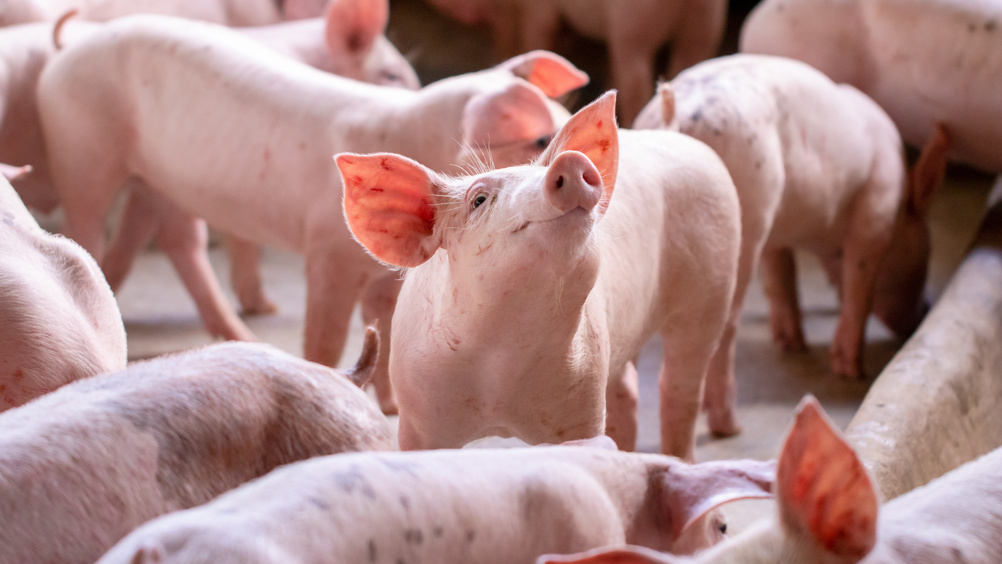References
Actinobacillus pleuropneumoniae: a review of an economically important pathogen

Abstract
Actinobacillus pleuropneumoniae is one of the causative agents of porcine pleuropneumonia, which is an economically important respiratory disease of pig production. Clinical signs vary based on the severity of disease and lung lesions present, but include fever and severe respiratory signs including coughing and laboured breathing. Numerous serotypes exist which vary in their virulence, and virulence of serotypes has also been shown to be vary between countries. It is important to establish which serotypes are present and active on a farm as well as carrying out seroprofiling to determine the correct time for implementation of control measures such as vaccination. Understanding of transmission routes is vital, including the role of carrier animals on the farm which are persistently infected and can shed the bacteria, therefore infecting other animals. Therefore, as with all infectious diseases, good standards of internal and external biosecurity are important in controlling the disease on farm. Vaccination has been shown to be effective on affected farms in preventing outbreaks, reducing clinical signs if they occur, and most important to the farmer, preventing losses in mortality, feed conversion ratio and growth. Therefore, vaccines are often a good choice for controlling pleuropneumonia on farm and reducing the need for treatment using antimicrobials.
Pleuropneumonia is a highly contagious respiratory disease of swine which can be caused by Actinobacillus pleuropneumoniae infecting the lungs and resulting in fibrinous pleurisy and pneumonia (Gottschalk and Broes, 2019). The infection can manifest as acute, subacute and subclinical, which can quite often develop into chronic disease. The disease can have a large economic impact because of increased mortality as a result of acute deaths, increased feed conversion ratio, decreased growth rate and increased medication costs for treatment of affected animals (Sassu et al, 2018), as well as increasing susceptibility of the animal to secondary infections (Dubreuil et al, 2000). The disease can be difficult to control because of subclinically infected animals or those recovered from clinical cases acting as carrier animals on the farm, continuing to provide a source of infection to other animals. Therefore, ensuring effective control of the disease is very important for producers. Implementation of a vaccination programme is one of the main methods used in a control plan for pleuropneumonia, and has been shown to be effective in reducing clinical cases and also the impact of the disease in terms of lung lesions and losses in productivity (Cvjetkovic et al, 2018).
Register now to continue reading
Thank you for visiting UK-VET Companion Animal and reading some of our peer-reviewed content for veterinary professionals. To continue reading this article, please register today.

